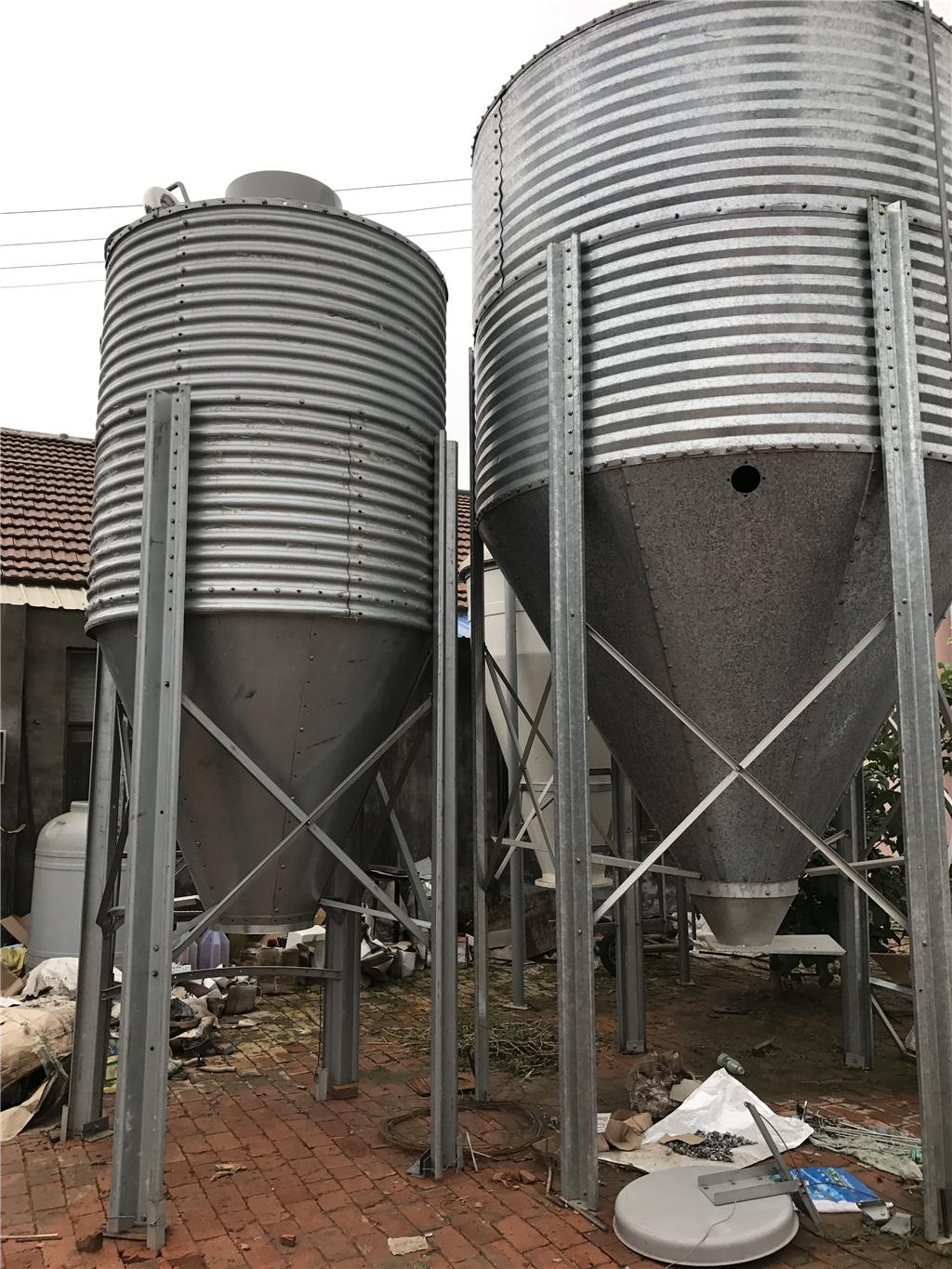Using Chicken Wire for Building a Durable Rabbit Cage at Home
11 月 . 08, 2024 13:34 Back to list
Using Chicken Wire for Building a Durable Rabbit Cage at Home
Building a Chicken Wire Rabbit Cage A Comprehensive Guide
When it comes to raising rabbits, providing a safe and comfortable habitat is essential for their health and wellbeing. One of the most effective ways to create this environment is by using chicken wire to build a sturdy rabbit cage. Chicken wire is both affordable and easy to work with, making it a popular choice for rabbit enthusiasts. In this article, we will take a closer look at how to build a chicken wire rabbit cage, the benefits of using chicken wire, and tips for upkeep.
Why Choose Chicken Wire?
Chicken wire is a type of fencing material made of thin, flexible wire strands formed into a hexagonal pattern. Its lightweight and durable nature makes it an ideal choice for rabbit enclosures. Here are a few reasons why chicken wire is a go-to option for building rabbit cages
1. Ventilation Rabbits need plenty of air circulation. Chicken wire allows for proper ventilation, ensuring that your rabbits stay comfortable in various weather conditions.
2. Visibility The open structure of chicken wire provides visibility into the cage. This not only allows you to easily monitor your rabbits but also gives them a sense of security, as they can see their surroundings.
3. Cost-Effective Compared to other types of fencing material, chicken wire is relatively inexpensive. This makes it easier for individuals on a budget to create an effective rabbit habitat.
4. Customizability Chicken wire comes in various sizes and can easily be cut and shaped to fit your specific dimensions. This allows for customization based on your available space and the number of rabbits you intend to house.
Step-by-Step Guide to Building a Chicken Wire Rabbit Cage
1. Gather Materials You will need - Chicken wire (preferably with 1-inch holes for small rabbits) - Wooden posts or pallets for the frame - Hinges and a latch for the door - Wire cutters - A hammer and nails (or screws) - A staple gun (optional)
chicken wire rabbit cage

2. Design Your Cage Determine the size of your cage based on how many rabbits you plan to keep. A good rule of thumb is to allow at least 12 square feet of space for each rabbit. Sketch out a design that includes a secure door for easy access.
3. Construct the Frame Using wooden posts or pallets, build a sturdy frame for your cage. Ensure that it is raised off the ground to provide protection from predators and moisture.
4. Attach the Chicken Wire Once your frame is constructed, use wire cutters to cut the chicken wire to size. Attach the chicken wire to the frame using a staple gun or by nailing it in place. Make sure there are no gaps where a rabbit could escape or where a predator could enter.
5. Add a Secure Door Create an access door using wooden planks and chicken wire. Attach it to the frame with hinges and ensure that it closes securely with a latch.
6. Insulate and Furnish Depending on your climate, you may want to add insulation to keep the rabbits warm in winter and shaded in summer. Provide bedding materials, such as hay or straw, and create spaces for eating, sleeping, and playing.
Maintenance and Upkeep
Keep your rabbit cage clean by regularly removing soiled bedding and waste. Fresh food and water should be provided daily, and any damaged sections of chicken wire should be repaired immediately to ensure the safety of your rabbits. It is also recommended to provide a safe space outside of the cage for the rabbits to exercise.
Conclusion
Building a chicken wire rabbit cage is a rewarding endeavor that can lead to happier and healthier pets. By following the steps outlined above, you can create a secure and comfortable living environment for your rabbits. Remember, the key to successful rabbit care is dedication and a willingness to learn about their needs. With a little effort, you can provide a wonderful home for your furry friends!
-
school
NewsJul.10,2025
-
Vacuum Packing Machine - Efficient & Reliable Vacuum Packaging Solutions for Food & Industrial Use
NewsJun.10,2025
-
High-Quality European Rabbit Cage Durable Welded Rabbit Cage Wire Mesh Supplier
NewsJun.10,2025
-
High-Efficiency Air Inlet Window for Optimal Poultry Ventilation & Cooling
NewsMay.30,2025
-
High-Efficiency Evaporative Cooling Pads Durable & Energy-Saving
NewsMay.30,2025
-
Automatic Egg Collecting Machine High-Efficiency Poultry Farm Solutions
NewsMay.29,2025






